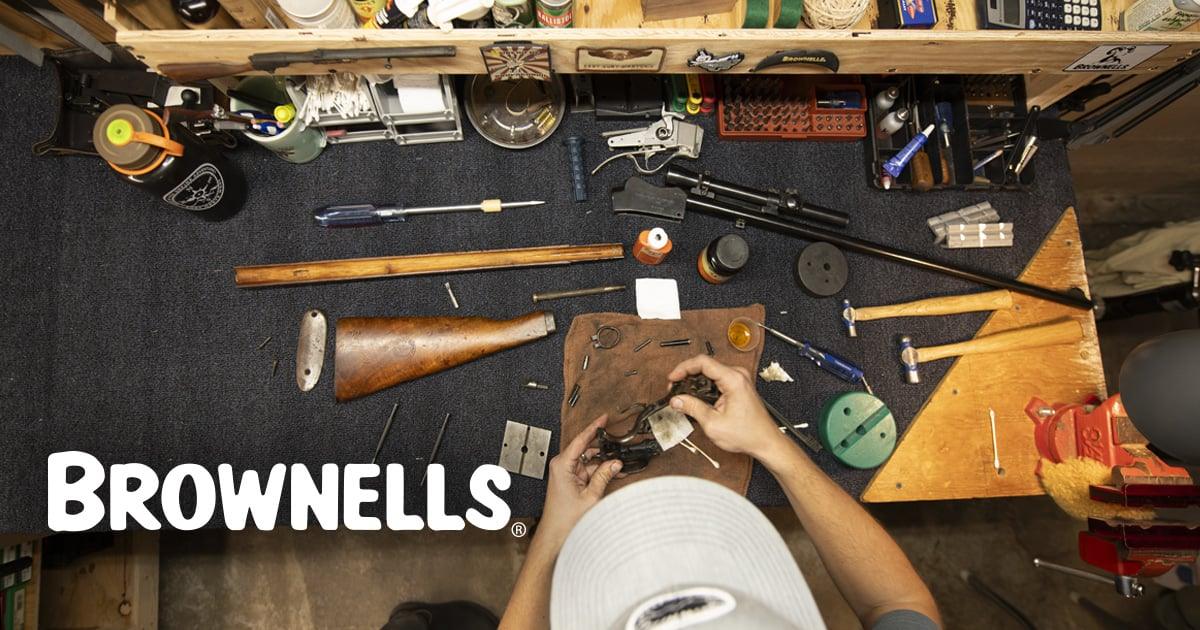- Joined
- Jan 26, 2015
- Messages
- 1,830
Tagging in. Having a similar issue with my Redding 243 ai bushing die. Just haven't got around to checking things out. Bow opener in 2 days.
 Help Support Long Range Hunting Forum
Help Support Long Range Hunting Forum
.While seating some 140 Bergers I noticed that seating pressure was high and that a ring was being imprinted on the bullet's ojive. Loaded rounds had a neck diameter of .292".
What am I missing here?

Dusty is correct.(.292-.2645)/2=.01375
measure all seated in all directions and see if they are all .292
if you did a skim pass turn operation on that brass and got em down to .0125 that 288 bushing would be perfect
its on Reddings website.When you size down too far in one step, a bushing will tend to size below it's marked diameter